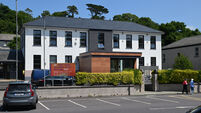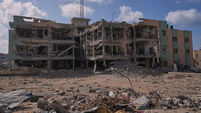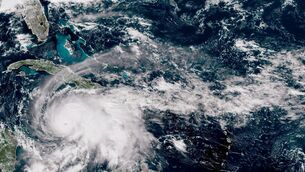Carbon emissions from top polluters on the rise

Latest EU Emissions Trading System (ETS) figures show a 5.4% increase in greenhouse gas emissions by Irish participants last year, compared to a 2.7% decline in the rest of Europe.
Around 100 heavy energy users from this country are part of the ETS — mainly power plants, large industrial facilities and airlines.













